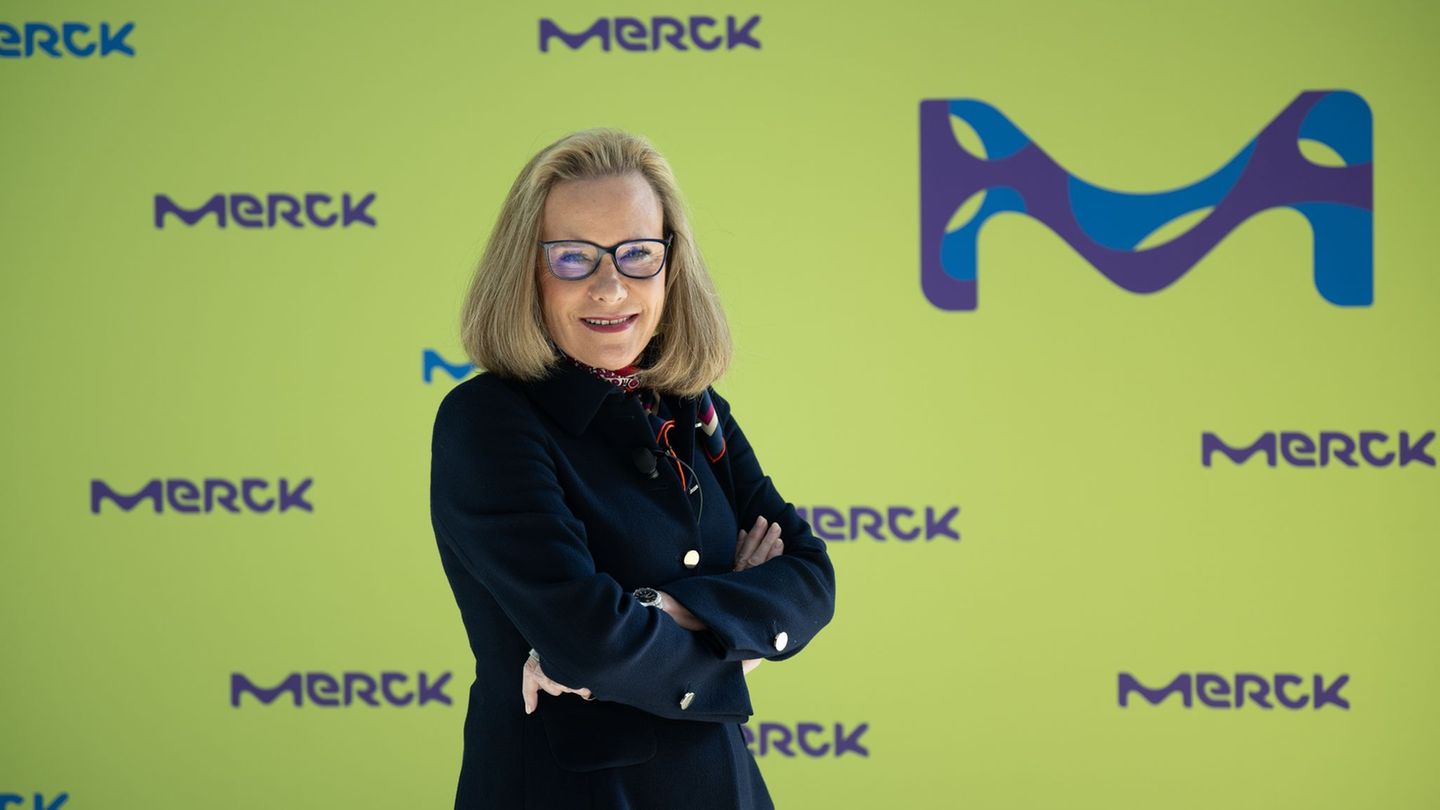Image: HELMUT OETTL

Image: miv
“Ignorance of tax laws does not exempt one from the obligation to pay taxes. But often the knowledge.” This quote from the German businessman and banker Mayer Amschel Rothschild is intended to encourage museum visitors to learn: When it officially opens in the spring, interested parties and school classes can visit the private tax museum in the Linz tax consulting firm Raml & Partner free of charge every Friday.
Tax advisor Markus Raml gave a first look into the museum on Friday. “Very few people like to pay taxes and most entrepreneurs have the feeling that they pay too many. With the tax museum we want to make a contribution to financial education,” he says. Herta Neiß, a business economist with a focus on economic history, worked on the implementation and curated the exhibition: “The topic of taxes has a predominantly negative connotation. “One primarily thinks of the taxes that have to be paid, but not of the services that the community, but also the individual, receives from the state.”
It was challenging to prepare the historical facts in such a way that they are exciting for school classes. That’s why the use of smartphones is expressly encouraged in this museum: students can test their knowledge with an app and compete against each other in a quiz.
From hair powder taxes to wealth taxes
Historically, the tour takes you, among other things, to the Middle Ages – when the nobility and clergy were completely exempt from paying taxes – and to the time of Empress Maria Theresa, who completely reorganized the tax system. There are also numerous curiosities in history, such as a hair powder tax, roof tax or consumption tax – the latter made food and drink more expensive within the city of Vienna.

Image: miv
These taxes served to replenish the state treasury – the tobacco tax made an important contribution to this hundreds of years ago. The progressive income tax was only introduced in 1889, which was not well received by citizens, as Neiß said. The tax rates at that time ranged from 0.5 to five percent of income. The much-discussed wealth tax was introduced in Austria in 1954 and abolished in 1993.
Finance Minister Magnus Brunner (VP) also came to the opening. “Of course we pay far too high taxes, but our state systems are also of high quality. “It’s good to bring to light the importance of paying taxes,” he said.
It is important to learn how to calculate the volume of a cone at school, but he thinks it is more important to understand the tax system and inflation: “We have to do a lot more in the area of financial education.” Markus Raml wants the museum to be long-term lead. He assumes that more exhibits will be added gradually.
- More on the topic: OÖN podcast: How does financial education work, Ms. Weiermann?
more from economics




